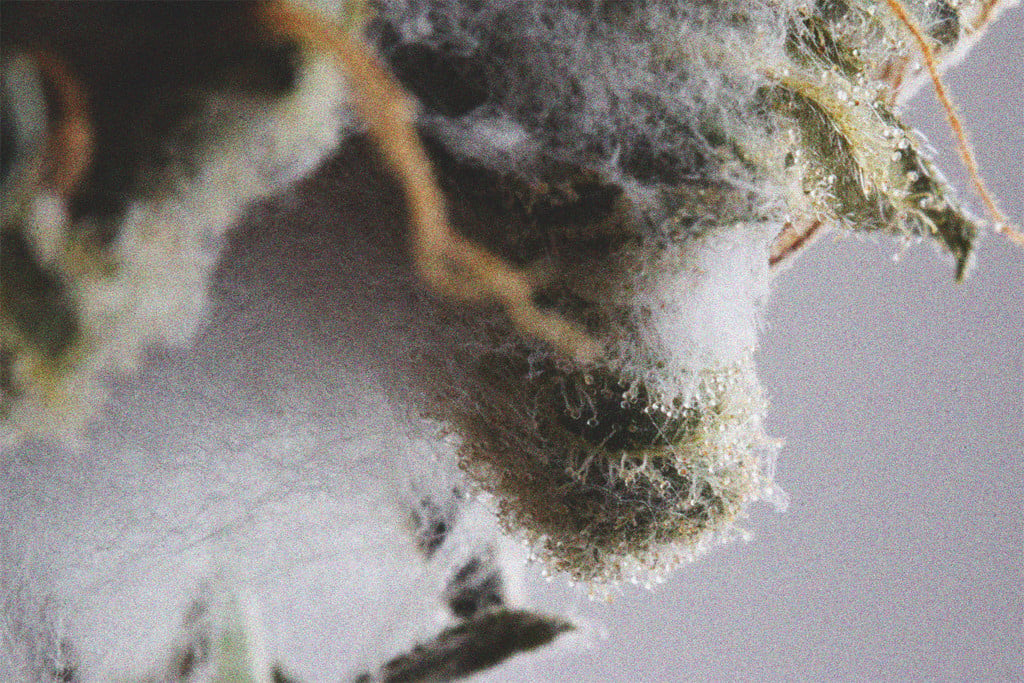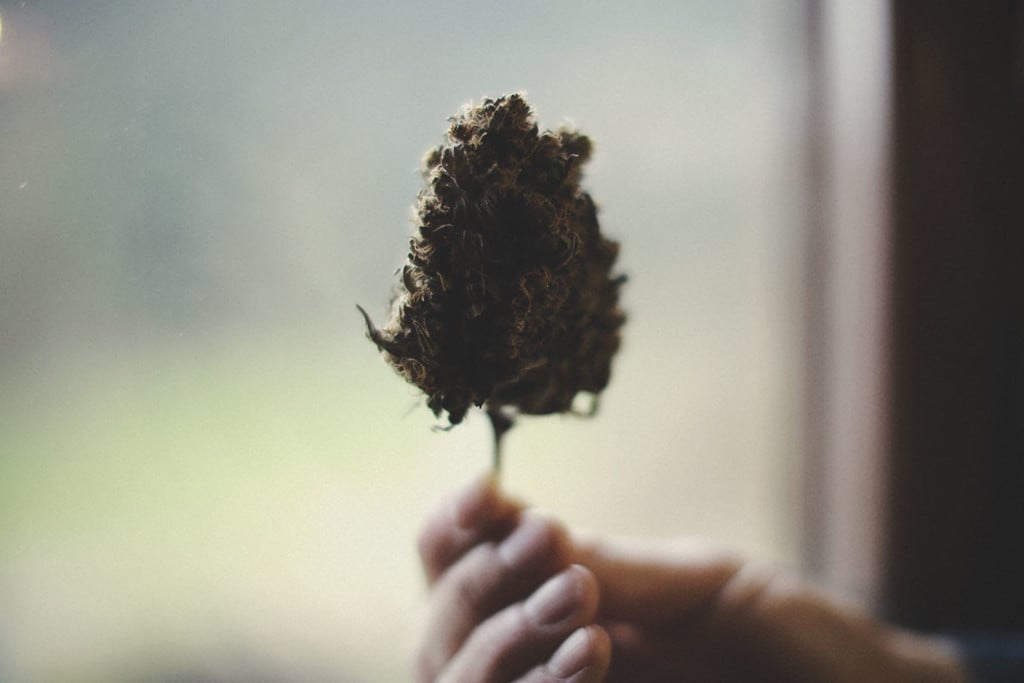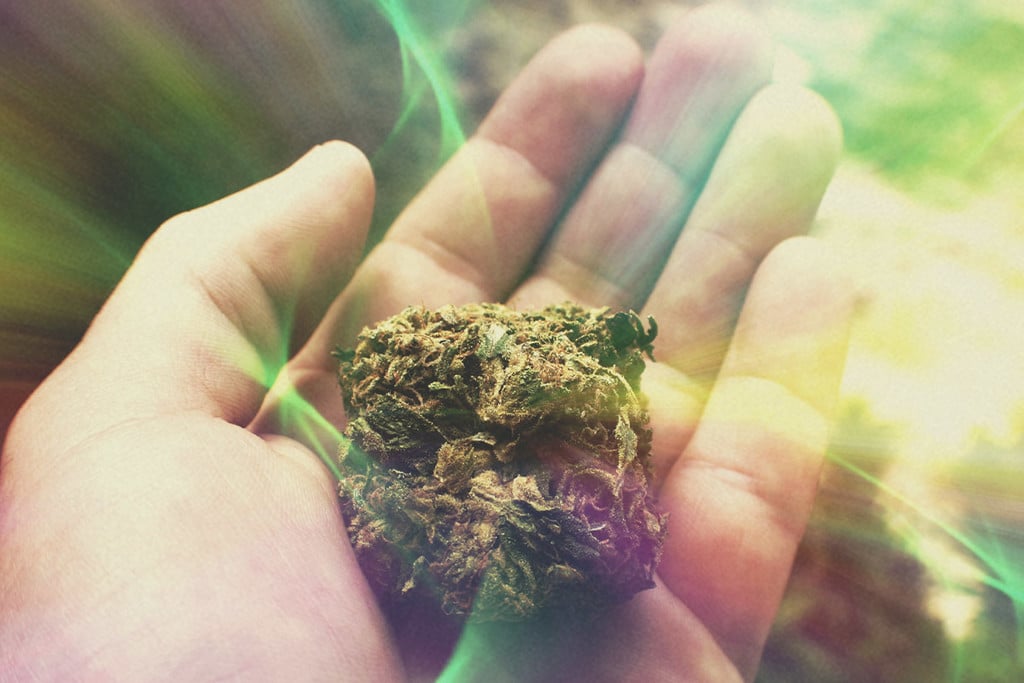.
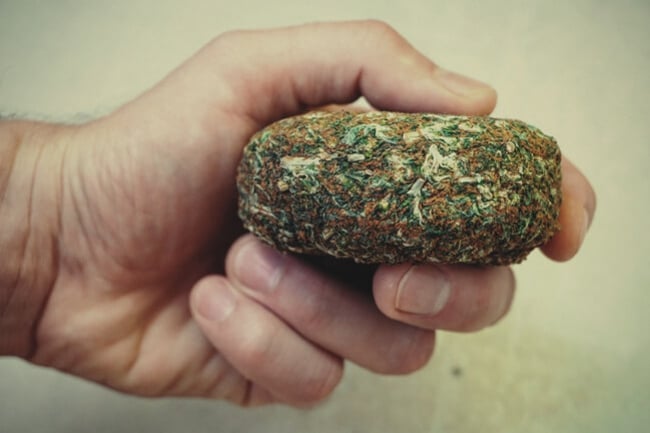
Brick Weed 101: What It Is And How It's Made
For many veteran stoners, brick weed is very nostalgic. In this article, we take a look back at brick weed, how it's made, and why it's much less popular today than it once was.
If you’re a younger reader, you may never have tried brick weed. Thanks to the homegrow movement and now the legalization of cannabis, compressing cannabis bricks for transportation isn’t as necessary as it once was.
Nonetheless, chances are you’ve heard someone talk about “good old brick weed”. In this article, we take an in-depth look at brick weed and how it’s made.
WHAT IS BRICK WEED?
Brick weed is, just as the name implies, cannabis that has been condensed and pressed into “bricks”. It was very popular in the US, where it was mostly smuggled over the border from Mexico. The process of compressing the cannabis into bricks made it a lot easier to transport, and brick weed was easily the most consumed type of cannabis before home cultivation started taking off in the 1970s and 1980s.
Today, brick weed is still sold all throughout South and Central America as well as Asia. In South America, brick weed is usually made in Paraguay and exported to surrounding countries like Brazil and Argentina (where it’s known locally as “paraguayo” or “prensado”).
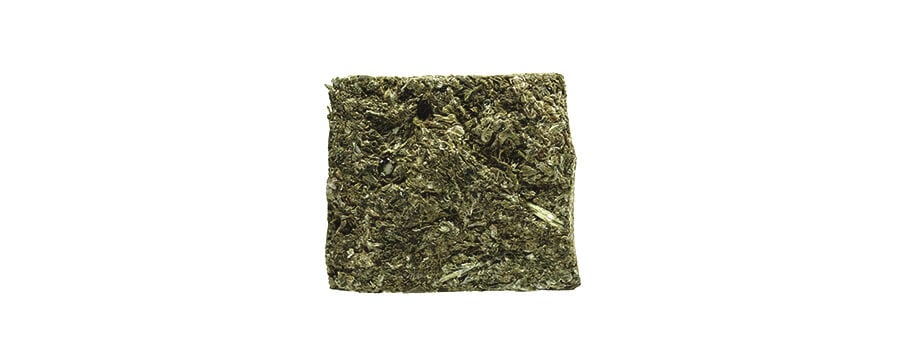
IS BRICK WEED GOOD?
Every now and then you’ll hear an old-time cannabis connoisseur tell you about the excellent brick weed he/she would smoke “back in the day”. And it’s true; brick weed can be, and was, of a high quality from time to time. However, having been and lived in South America, we never came across brick weed that was even close to “good”.
Most of the time, South American brick weed weighs about 25g. It is usually anywhere from brown to black in colour and has a strong, pungent aroma that smells of spice and, most of the time, ammonia. You’ll usually need to saw at this stuff with a knife in order to break it apart, at which point you’ll find it’s packed full of seeds and stems. When smoked, brick weed usually tastes just like it smells (i.e., like s**t), is incredibly harsh on the throat and lungs, and produces an overwhelming, sedative stone.
HOW IS BRICK WEED MADE?
To better understand why brick weed is as bad as it is, it helps to take a look at how it’s manufactured.
Making brick weed is simple. Unlike the bud you’d find at a dispensary or coffeeshop, this stuff isn’t trimmed or “cured”. Instead, the cannabis is harvested, dried, and then pressed into bricks using a hydraulic press.
In 2017, a Brazilian cannabis journalist by the name Matias Maxx gave a talk on the production of brick weed in Paraguay. Maxx had the chance to visit a cannabis farm on the border of Paraguay and Brazil, seeing firsthand what goes into making the weed that saturated the market in most South American countries. He talked about his trip at the 2017 Expocannabis in Uruguay.
Maxx was quick to mention that the plants used to make brick weed were excellent, often stemming from top-shelf seeds from well-known seed banks. He mentioned that the plants are well-grown, although males tend to invade the plantations and fertilise some of the females. The problem with brick weed, according to Maxx, is how it’s processed.
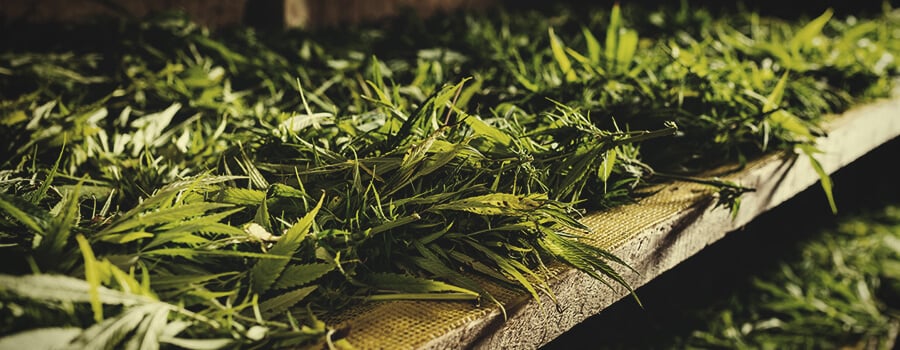
Come harvest time, entire branches of cannabis are piled onto big pieces of canvas and sundried. With so much plant material so close together, moisture gets trapped and parts of the plant start to rot, which is what gives brick its strong ammonia smell.
Once the branches have dried, the buds are torn from the bigger branches and shaken to remove any larger leaves. Through this process, a ton of trichomes are lost and a lot of leaves, stems, and seeds are left behind.
Finally, the dried cannabis is loaded into a hydraulic press, which produces one massive 50kg block of compressed weed. This is then cut into smaller bricks, wrapped in plastic and held together with tape, and then shipped.
THE DEATH OF BRICK WEED
As we mentioned earlier, brick weed is far less popular today than it once was. There are two main reasons for this:
In the 1970s and 80s, it suddenly became a lot easier for people to grow their own cannabis at home. Thanks to indoor grow equipment, people could now start growing cannabis from inside their home without arousing suspicion from the neighbours or the cops. Plus, thanks to the founding of seed banks, people could also get their hands on top-shelf genetics that were expertly bred to deal with indoor environments.
And now, thanks to the slow (but steady) legalization of cannabis across the world, the need to compress weed for shipping and transportation is much less necessary. For most young smokers, this means they’ll never have to put up with the pain of sawing away at a brick of black-brown weed and facing its fury.



























